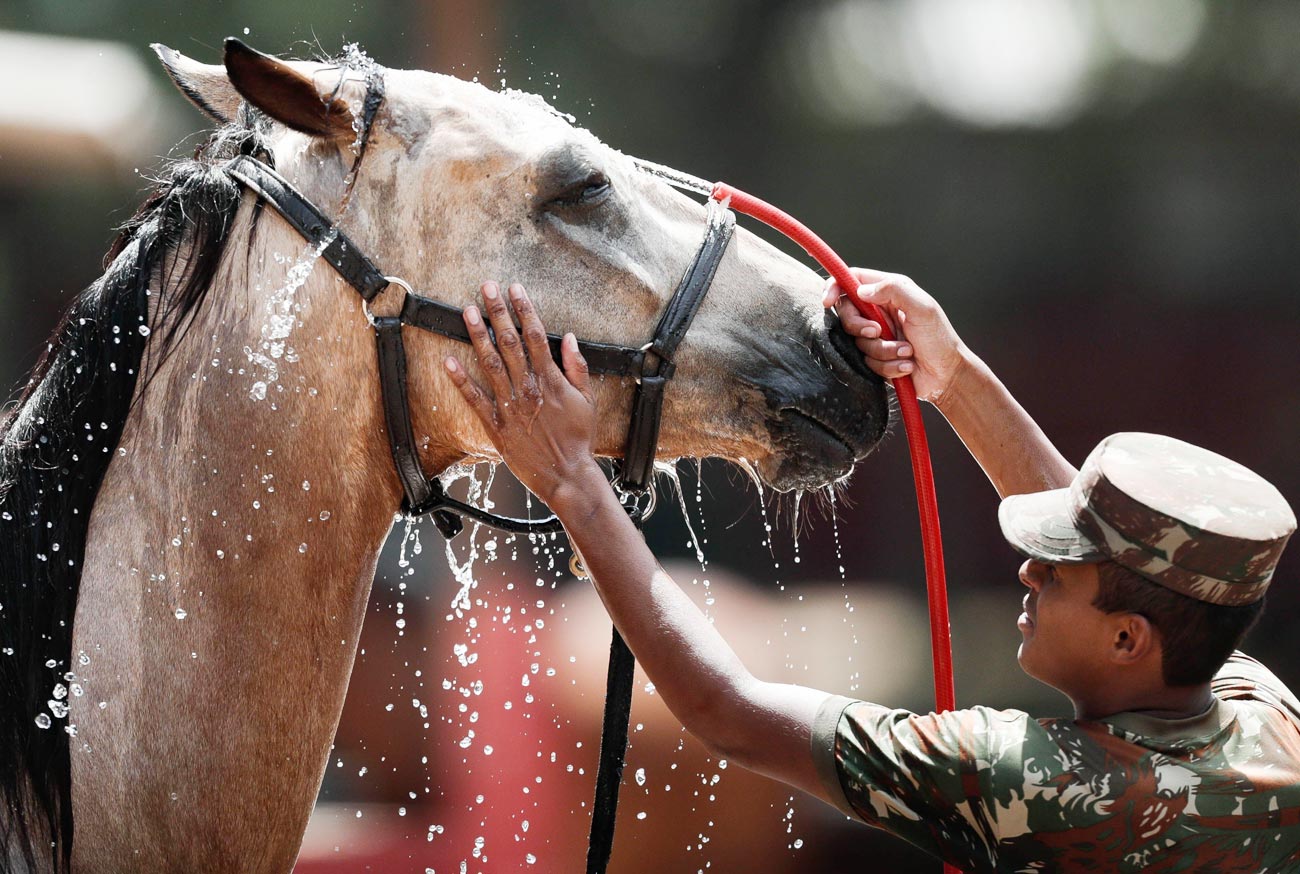In this article, we will explore the history of this important episode, the impact of the bay horse and other animals on the republican narrative, and gain a deeper understanding of how these symbols remain alive in Brazilian culture today. Get ready for an exciting journey through the history and symbolism of the animals in the Proclamation of the Republic!
The Proclamation of the Republic: Historical Context
Before diving into the story of the bay horse, it's important to understand the context in which the Proclamation of the Republic took place. On November 15, 1889, Brazil ceased to be a monarchy under Emperor Dom Pedro II and became a federative republic, led by civilians and military officials. This movement was driven by growing dissatisfaction with the monarchy among both the agrarian elite and the military, particularly within the Brazilian Army.
The Role of Marshal Deodoro da Fonseca and His Bay Horse
Marshal Deodoro da Fonseca was the central figure of this republican movement, and at his side was his inseparable bay horse. This yellow-coated, robust, and strong animal was not just a means of transportation but also a symbol of strength, determination, and leadership. In various historical paintings and illustrations, Marshal Deodoro is depicted mounted on his bay horse, a portrayal that conveys power and resolve. This image became emblematic, solidifying the bay horse as a visual icon of the Proclamation of the Republic.
Deodoro's bay horse was of immense importance, representing the reliability and courage needed in decisive moments. During the proclamation, Deodoro, despite his fragile health, mounted his horse to ride to the São Cristóvão Field in Rio de Janeiro, where the proclamation took place. The horse's presence not only represented the support and strength of the military but also added a touch of empathy and humanity to the marshal, making him closer to the people.

The Bay Horse: A Symbol of Loyalty and Courage
But what exactly is a bay horse? The term "bay" refers to the color of the horse's coat, which ranges from light yellow to golden, with darker manes and tails. This type of horse was popular among the military of the time for its resilience and adaptability to different climates and terrains. Marshal Deodoro’s bay horse became a symbol of loyalty, courage, and companionship, qualities highly valued among army officers.
Throughout history, horses have been fundamental companions in battle, and Deodoro da Fonseca’s bay horse was no exception. It not only accompanied the marshal during the 1889 event but also helped build a narrative of heroism and patriotism, where the animal is seen as part of the republican spirit.
Other Animals in the Context of the Proclamation of the Republic
Besides Marshal Deodoro’s bay horse, other animals also played important and symbolic roles during the Proclamation of the Republic and other moments in national history. Animals such as the "manga-larga" horse, also widely used in military campaigns, and even the dog that, in some legends, accompanied soldiers on their journeys, contributed to building this symbolism.
In general, horses were crucial for transporting troops, weapons, and supplies. They were considered inseparable partners for the military, and many soldiers formed deep bonds with these animals. This bond was so strong that many renowned officers, like Deodoro, insisted on being photographed with their horses, giving the animal a respected place in the national historical memory.

The Image of the Bay Horse in Brazilian Art and Culture
Marshal Deodoro’s bay horse continued to be represented in various art forms over the years. Paintings, sculptures, and even literary works evoke the figure of Deodoro mounted on his bay horse as a symbol of the Proclamation of the Republic. This image became so iconic that it is often used in schools and historical events to illustrate Brazil’s transition from monarchy to republic.
Popular culture also embraced it. In books and films depicting the history of the Proclamation of the Republic, the bay horse appears as a recurring symbol, almost like a silent protagonist witnessing and participating in the events.
Curiosities about the Bay Horse and Its Influence on the Collective Imagination
An interesting curiosity is that the bay horse is not just a symbol of resilience and bravery in Brazil. In other cultures, the bay coat is also associated with strength and wisdom. In Brazilian indigenous legends, bay horses were considered special animals capable of guiding their riders through challenging situations.
Marshal Deodoro’s bay horse reinforces this idea of guidance and protection, and many historians argue that portraying the marshal with his bay horse was a way of reinforcing this symbolism for the Brazilian people.
The Legacy of the Bay Horse and Animals in Republican History
Marshal Deodoro da Fonseca's bay horse is more than just a historical detail; it represents the spirit and courage that marked the birth of the Republic in Brazil. Over the years, this figure has become a symbol of loyalty, courage, and patriotism, inspiring generations and perpetuating the legacy of the Proclamation of the Republic. Thus, the bay horse remains a symbol of transformation and freedom to this day.
May this story inspire more people to value the animals that have been part of our history and culture. After all, the bay horse reminds us that in times of change, it is essential to have the loyalty and courage of our companions by our side. Share this content so more people can learn about the importance of this symbol and the role of animals in our journey as a nation.
















Add comment